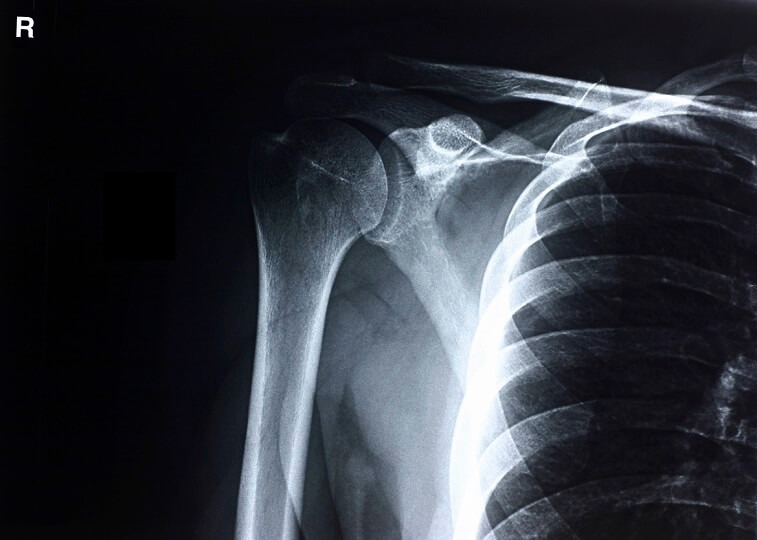How is shoulder pain usually felt?
Shoulder pain may be localized to a specific area. It can also spread to areas around the shoulder and down the arm. Diseases and degenerative conditions can lead to problems, sometimes causing pain traveling through shoulder nerves.
What structures comprise the shoulder?
Several layers come together to form the shoulder, including bones, joints that provide movement, muscles that provide support, ligaments banding joints together and connecting bones and cartilage, and tendons connecting muscle to bones.
What are common shoulder problems?
Its range-of-motion leads to natural shoulder instability. Soft muscle, tendon and ligament tissues provide shoulder support and are vulnerable to injury, overuse and underuse. Common injuries include:
- The shoulder joint is the body’s most frequently dislocated major joint, often caused by a significant force that separates the shoulder ball of the joint from the socket.
- Shoulder separation involves the tearing of ligaments attached to the collarbone from the blade, frequently after a fall or sudden collision.
- Bursitis often occurs when tendonitis and impingement syndrome cause inflammation of the bursa sacs protecting the shoulder.
- The excessive squeezing or rubbing of the rotator cuff and shoulder blade causes impingement syndrome.
- Tendinosis, or chronic tendonitis, injury may vary from mild inflammation to involvement of most of the rotator cuff.
- One or more rotator cuff tendons becoming inflamed causes rotator cuff tear, generally from overuse, aging or a collision.
- Adhesive capsulitis, or frozen shoulder, is a severely restrictive condition frequently caused by injury that leads to lack of use due to pain.
- Bone fracture, generally an impact injury.
How are shoulder problems diagnosed?
Physical examination and completing a medical history are the first steps to diagnosis along with possible lab tests to determine if other problems may be the cause. Diagnostic tools lean on imaging technology. X-ray can be supplemented with magnetic resonance imaging (MRI) — a procedure using a combination of large magnets, radiofrequencies and a computer to produce detailed images of organs and structures to determine damage or disease in a surrounding ligament or muscle.
Computed tomography (CT or CAT) scan is another combination diagnostic imaging procedure, utilizing X-rays and computers to produce images of greater detail.
Ultrasound is a different imaging technology using sound waves.
How are shoulder problems treated?
Arthroscopy is a combination diagnostic and treatment tool. Minimally invasive, the procedure involves the use of a small, lighted, optic tube — or arthroscope. Inserted into the joint through a small incision, the scope can provide images to the surgeon that are used to evaluate changes due to degeneration or injury. The scope can also be used to fix any problems that require attention.
…
Posted In Health Information, Healthy Living, Orthopedics
